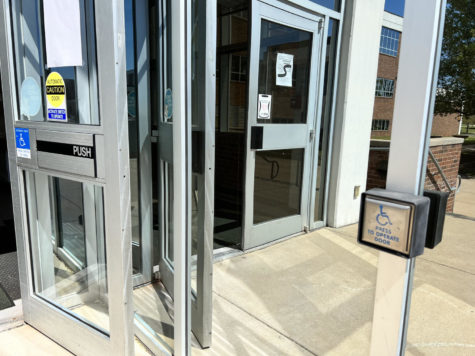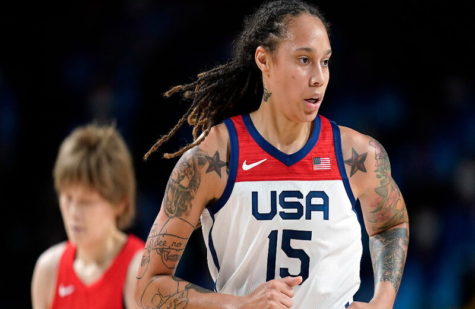Pay not the only issue for college athletes
With March Madness in full swing and the final four set to tip off tomorrow, followed by the National Championship game Monday night, college athletics is once again in the spotlight. With Billion dollar TV contracts that have the eyes of the American public focused on its most successful tournament of the year, the NCAA is basking in the bright lights. Simultaneously, the darker underbelly of this broken system is still bubbling below the surface. Paying college athletes has long been a hot-button issue, and I am certainly for it. However a more critical issue is at hand, their long-term health and safety.
The NCAA has no system in place to care for its athletes after they leave school. There’s no guarantee of any long-term health coverage. Even an athlete that suffers a career ending injury on the field would not be covered or even cared for under the schools workers’ compensation insurance. Any other employee who gets injured on the job would have 100 percent of their medical bills, not to mention compensation for lost time and wages paid. The Coach on the sideline, the referee on the field, and even the guy selling peanuts in the stands would all be covered under workers’ compensation if they fell and were injured. But not the student-athletes on the field.
A startling 2014 study from the University of Indiana showed that 50 percent of former college athletes reported chronic injuries by the age of 50. Many of the former athletes surveyed were so severely injured that they were unable to hold down a job that might otherwise provide insurance coverage.
The NCAA can get around this by saying that these players are not employees but “student-athletes.” The term was coined by the NCAA in the 1950’s after Ray Dennison, a Fort Lewis A. and M. football player was killed in a game. When Dennison’s family pressed the school for the same survivor benefits it gave to its employees, the NCAA said he wasn’t an employee at all and invented the new term. A word that helped give them the control of an employer without the obligations, a move that has saved the NCAA and the school’s countless millions.
The argument for not paying athlete’s partly centers around the fact that they are being paid with a scholarship. If this scholarship counts as pay, wouldn’t that make them an employee? Merriam-Webster defines an employee as “a person who works for another person or a company for wages or a salary.” The NCAA argues that the “student athlete’s” scholarship takes the place of a wage or salary.
The NCAA might counter that by saying they have a 20 hour time restriction on its athletes. However, that doesn’t include travel time to and from games, chalk session’s, walk-throughs, weight lifting, and many other activities. These often bring a college athlete’s weekly schedule closer to 50 or 60 hours a week and not 20, and that’s before class time and homework are factored. Even if it was 20 hours, would that still not make them a part-time employee?
Some might say that the athletes knew the risk of injury going in but even if that’s the case, if they were employees, their medical bills would still be taken care of nonetheless. The implementation of the Affordable Care Act has helped some of these players get health coverage through its ban on denying coverage for pre-existing conditions. However, even with the new coverage, some players still pay $10,000 a year in deductibles and co-pays. However, not even this coverage is guaranteed as the Republican leadership has attempted repeal the law countless times and have vowed to dismantle it when a Republican is elected president, possibly next year.
A March 4, 2015 Marist Poll shows that 56 percent of those surveyed favored athletes being given long-term health insurance while 40 percent were opposed. Not surprisingly, 49 percent of African-American’s supported long-term health insurance while only 15 percent of whites were in favor of it. Considering the majority of athletes in the sports where you’re most likely to be injured are black, it’s easy to see why they would understand this issue more than other people might.
This year’s March Madness will generate billions of dollars in TV ad revenue, broadcast rights, ticket and merchandise sales, and sponsorships which only highlights this badly broken system even more. It’s time for the NCAA to overhaul the way they do business and protect these players.
Your donation will support the student journalists of Missouri Southern State University. Your contribution will allow us to purchase equipment and cover our annual website hosting costs.





























